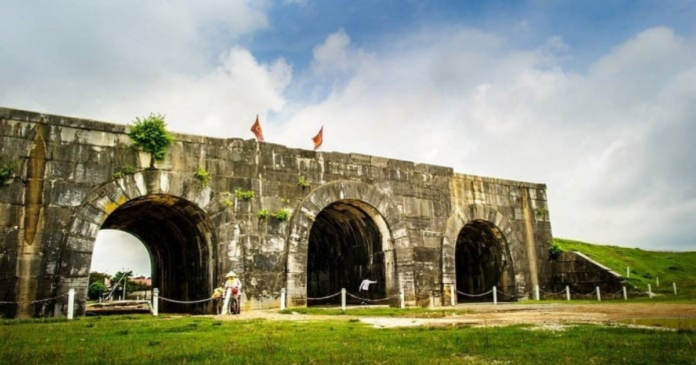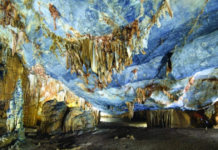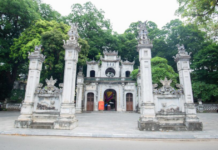Ho Dynasty Citadel, one of the most unique cultural and architectural symbols of Vietnam, is not only a historical site but also a testament to the talent and creativity of generations of Vietnamese people. The journey to explore the Ho Dynasty Citadel not only takes visitors back to the glorious pages of history but also provides a deep insight into the traditional architectural art of the nation.
1. Introduction to the Ho Dynasty Citadel
The Ho Dynasty Citadel, also known as Tay Do Citadel, is one of the most important historical monuments in Thanh Hóa province and the entire country. It was recognized by UNESCO as a World Cultural Heritage site in 2011. The “Ho Dynasty Citadel Architecture Complex” is regarded as the most magnificent stone masterpiece in Southeast Asia, having once been the capital and the political and cultural center of the Dai Ngu kingdom under the Ho dynasty.
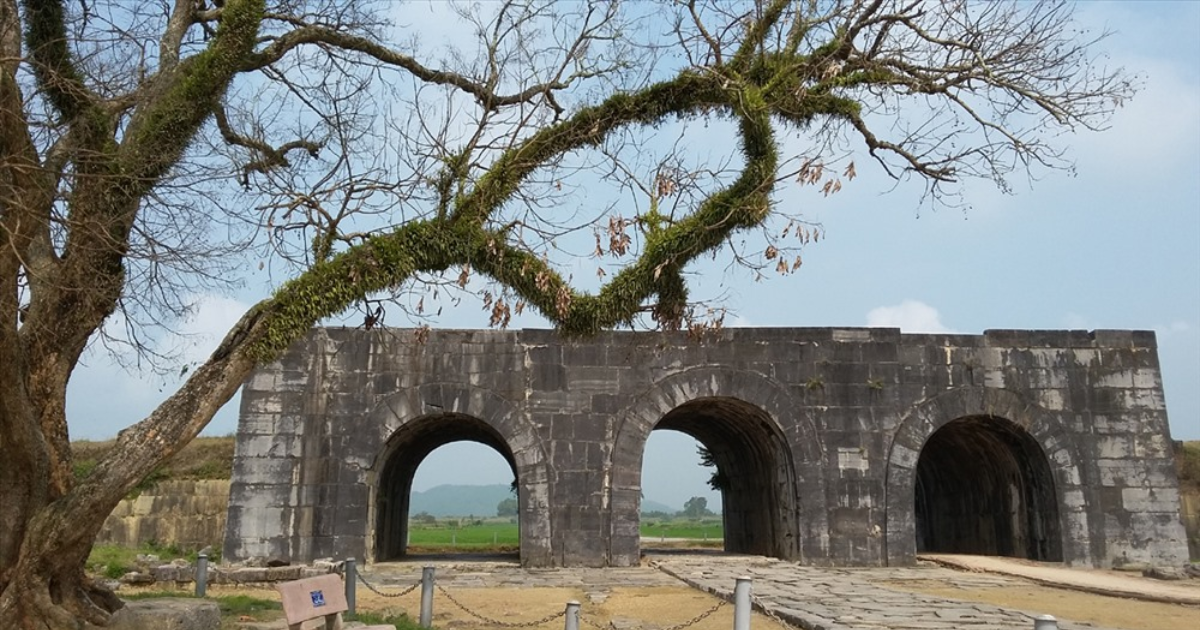
Located about 45 km from Thanh Hoa city center and 140 km from Hanoi, the Ho Dynasty Citadel is situated in the alluvial plain between the Ma and Buoi rivers. This monument remains intact with its unique architecture built entirely of stone, creating a majestic and enduring beauty over time. The historical complex is located in the villages of Tay Giai, Xuan Giai (Vinh Tien commune), Dong Mon (Vinh Long commune), in Vinh Loc district, and is also known by many other names such as An Ton, Tay Do, Pu Thanh Hoa Citadel, Tay Kinh, Thach Thanh, or Tay Giai Citadel.
The journey to the Ho Dynasty Citadel from Thanh Hoa city is very convenient, taking about one hour. Visitors can travel via Le Loi Avenue, turn onto National Road 1A, and continue along National Road 45, following the signposts to reach this famous tourist destination.
2. The history of the Ho Dynasty Citadel
In 1397, during the Tran dynasty, Ho Quy Ly – who was then holding the position of Chief Advisor and Supreme Minister in the royal court – decided to construct the Tay Do Citadel. With his position as Prime Minister and supreme power in the court, he had a strategic vision and decided to move the capital here to seize power from the Trần dynasty.
The Minister of the Ministry of Personnel, Do Tinh (also recorded as Man), was directly appointed to organize and manage the construction process. Remarkably, this colossal structure was completed in just three months, an astonishing achievement. However, other structures such as the royal palace, La Thành defensive walls, and the Nam Giao altar continued to be built and completed until 1402.
Tay Do Citadel became the capital of the Ho dynasty, taking the era name Dai Ngu from March of the year Canh Than (March 26 to April 24, 1400). Meanwhile, Thang Long Citadel was renamed Dong Do and continued to play an important role in history. From then on, people commonly referred to Tay Do as the Ho Dynasty Citadel, a name that is now closely associated with the country’s cultural and historical heritage.
3. The best time to visit the Ho Dynasty Citadel
With its majestic beauty and significant historical value, the Ho Dynasty Citadel is open for visitors throughout the year. However, to fully experience the site, visitors should consider coming in the early months of the year when many lively local festivals take place. Festivals such as Cầu Ngư and Đền Sòng not only offer a festive atmosphere but also provide an opportunity to experience the unique culture of the local people. Combining a visit to the historical monument with participation in these festivals will surely create memorable experiences at the Ho Dynasty Citadel.
>> Thien Mu Pagoda – A spiritual destination not to be missed when visiting Hue
4. Exploring the highlights of the Ho Dynasty Citadel
4.1. The ancient and historic beauty of Tien Thanh Gate
Tien Thanh Gate, located in the south, is the main gate of the Ho Dynasty Citadel. With its impressive design, the gate consists of three openings, with the two side gates standing at 5.45 meters high, and the central gate reaching a height of 5.75 meters. The surrounding wall of the gate varies in height from 5 to 10 meters, depending on the specific location. Here lies Hoa Nhai Road, approximately 2.5 km long, paved with stone bricks dating back 600 years, leaving a strong historical impression.
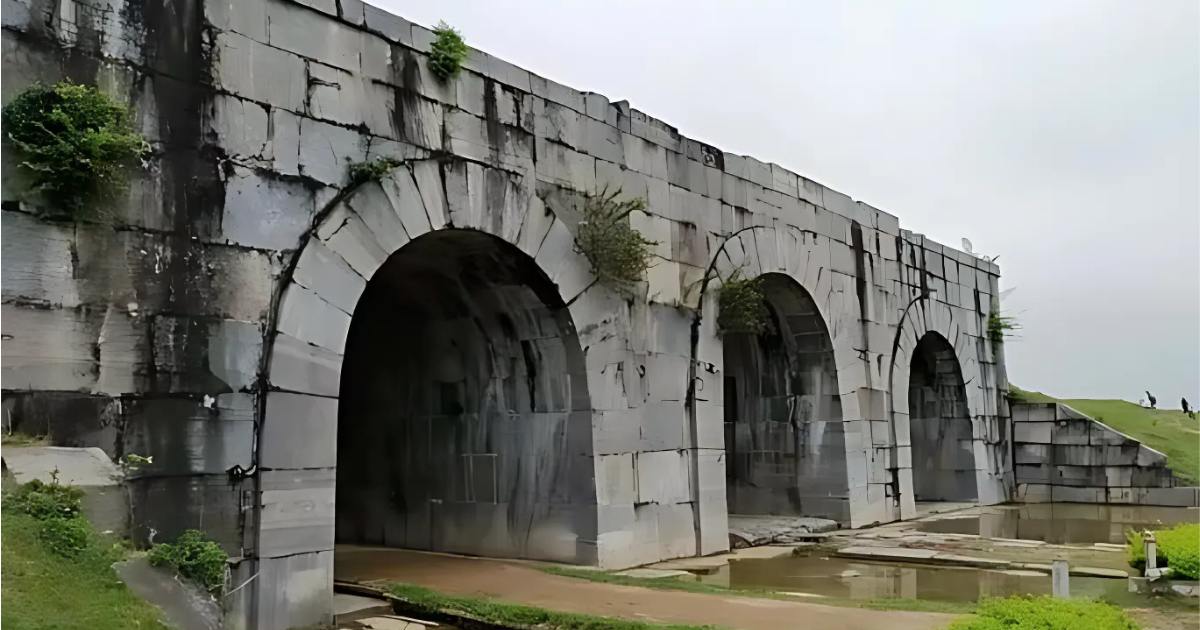
Tien Thanh Gate has become an ideal stopping point for visitors, where many come to take beautiful photos against the backdrop of the ancient site, preserving the beauty of an old capital. To capture unique and artistic photos, visitors can wear traditional Vietnamese attire, creating unforgettable moments.
With its rare past, the gate serves as a time portal, ready to take you back to peaceful times. Here, you can feel the tranquil atmosphere, blending with the historical beauty, as if you are reliving a golden era.
4.2. The peaceful countryside landscape within the Ho Dynasty Citadel
Inside the Ho Dynasty Citadel today, a vast countryside scene unfolds, full of traditional Vietnamese charm. Here, visitors can admire a vibrant scene with the lush green of grass and trees. Cornfields are flourishing, while lotus ponds in full bloom create a picturesque and peaceful atmosphere.
Not only does the nature provide beauty, but the sight of children playing on the grassy fields further adds life to the space. The Ho Dynasty Citadel is not only a historical site but also a place that evokes memories of simple life, where culture and nature intertwine, offering visitors memorable experiences during their exploration.
>> Explore the Imperial City of Hue: The timeless beauty of the ancient capital citadel
4.3. The walls of the citadel: An eternal heritage of time
The walls of the Ho Dynasty Citadel today appear aged, covered with moss and the marks of time. The stone blocks used to construct the walls, measuring up to 6 meters in length and weighing up to 24 tons, are carefully stacked and sculpted, forming a solid and durable structure. Built entirely from stone blocks, these walls require no adhesive between the stones but have withstood the test of natural disasters and warfare over many centuries.
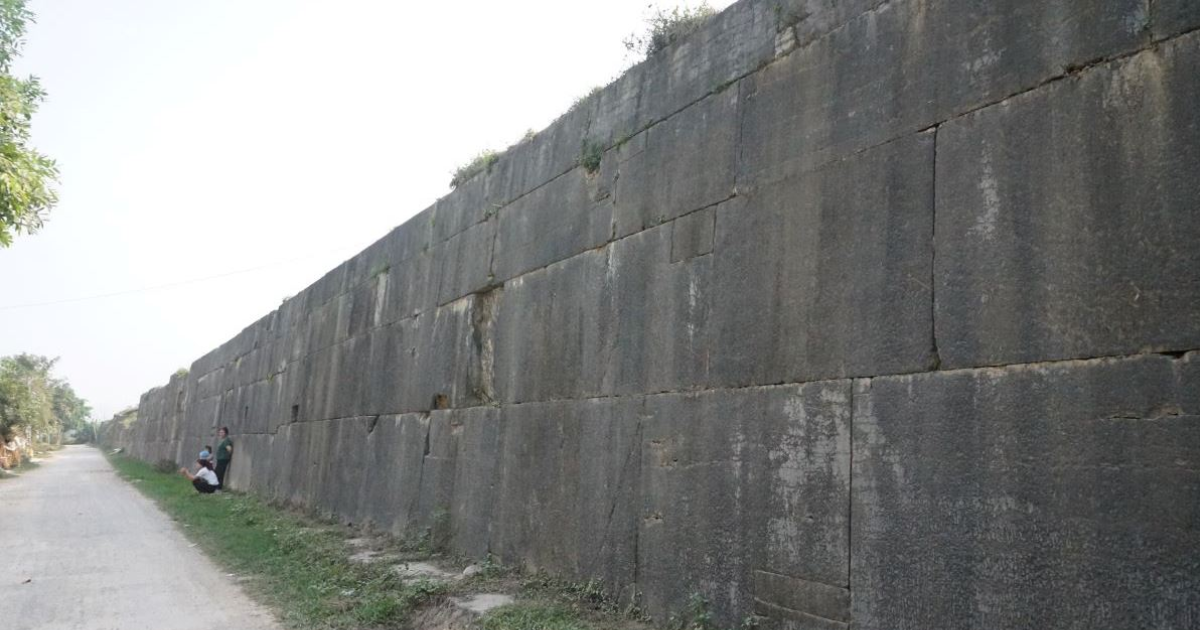
The beauty of the citadel walls lies not only in their imposing size but also in the craftsmanship of the construction, demonstrating the intelligence and skill of the builders from past generations. Each stone block and fragment is a testament to the proud history of the nation, leaving visitors in awe when standing before this masterpiece. The Ho Dynasty Citadel is not only a cultural heritage but also a living testament that marks the passage of time and the historical upheavals.
5. A few tips when visiting the Ho Dynasty Citadel
With centuries of history, some areas within the Ho Dynasty Citadel have started to show signs of erosion. These areas have been marked with warning signs, and visitors are advised not to explore these sections for their own safety.
During your journey to explore this cultural heritage, maintaining cleanliness is crucial. Let us all protect this historical monument by not littering and preserving the surrounding landscape.
As the Ho Dynasty Citadel is an outdoor attraction, visitors should prepare necessary items such as hats, sunglasses, and sun protection clothing. Especially, it’s best to visit on days with good weather to fully enjoy the majestic beauty of this ancient citadel.
>> Hoan Kiem Lake Pedestrian Street – A romantic beauty in the heart of the capital
Exploring the Ho Dynasty Citadel, visitors not only witness its grand beauty but also deeply feel the cultural and historical values. This is where the past and present converge, with all its beauty and significance, ensuring unforgettable memories for every visitor.
Follow MyHuy Global to stay updated with exciting travel experiences!


